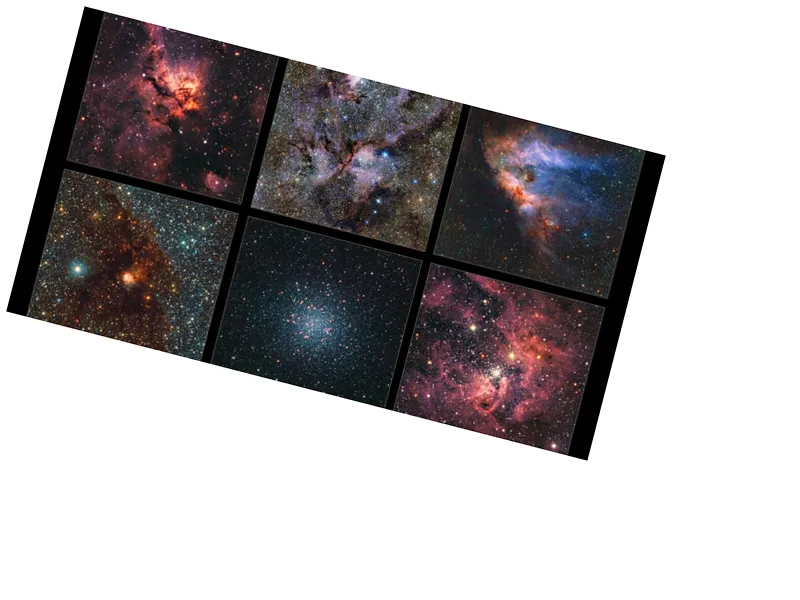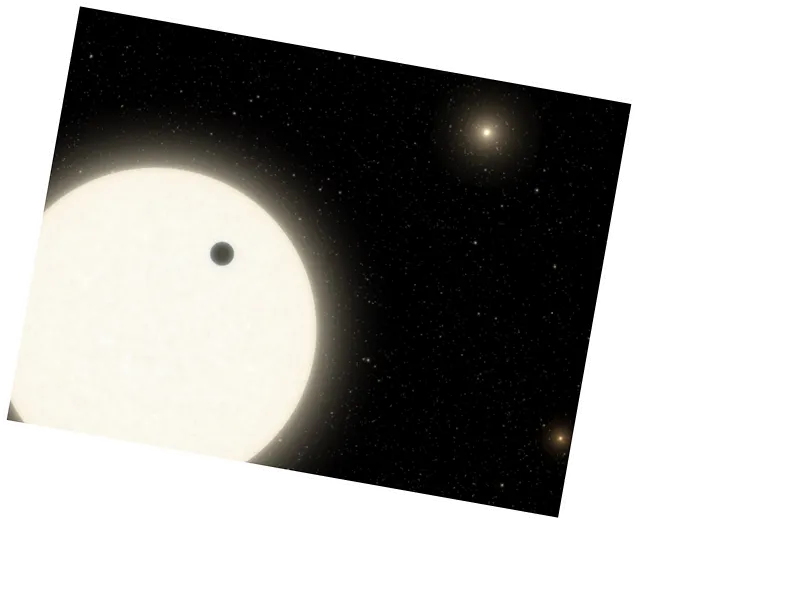The capture of WOH G64's image represents a significant advancement in observational astronomy, allowing scientists to study stellar evolution in unprecedented detail.
The star's dimming over the past decade could indicate imminent changes in its lifecycle, making it a critical subject for future research.
WOH G64 may explode as a supernova within the next few thousand years, offering a rare opportunity for astronomers to observe such an event in real-time.
The ongoing monitoring of WOH G64 could lead to new insights into the processes that govern the life and death of massive stars.
Scientists Capture First Detailed Image of a Star Outside the Milky Way
In a groundbreaking achievement, astronomers from the European Southern Observatory (ESO) have successfully captured a detailed image of a star located outside our Milky Way galaxy for the first time. The star, named WOH G64, is situated approximately 160,000 light-years away in the Large Magellanic Cloud, a satellite galaxy of the Milky Way. This remarkable feat not only marks a significant milestone in astronomical research but also provides a unique opportunity to study the life cycle of a massive star nearing its end.
WOH G64 is classified as a red supergiant, a category of stars that are among the largest in the universe, measuring about 2,000 times the size of our Sun. As these stars approach the end of their life cycle, they undergo significant changes, including the ejection of material. The newly captured image reveals an egg-shaped cocoon of gas and dust surrounding the star, suggesting that it is shedding material at an accelerated rate. According to Keiichi Ohnaka, an astrophysicist at the Universidad Andrés Bello in Chile, this elongated cocoon indicates that the star ejects more material in certain directions, potentially due to interactions with another star.
Implications of the Discovery
The implications of this discovery are profound. The data collected from WOH G64 can enhance our understanding of stellar evolution, particularly the processes leading up to a supernova explosion. The star has been observed to dim significantly over the past decade, prompting scientists to monitor its behavior closely. Jaco van Loon, an astrophysicist at the University of Keele, noted that the star's rapid mass loss suggests it may explode within a few thousand years, possibly even within our lifetime.
As WOH G64 continues to lose its outer layers, the potential for a supernova event increases. When the core collapses under its own weight, the resulting explosion could outshine entire galaxies, providing a spectacular cosmic display. This discovery not only enriches our knowledge of the universe but also emphasizes the importance of ongoing observations using advanced telescopes and instruments.





